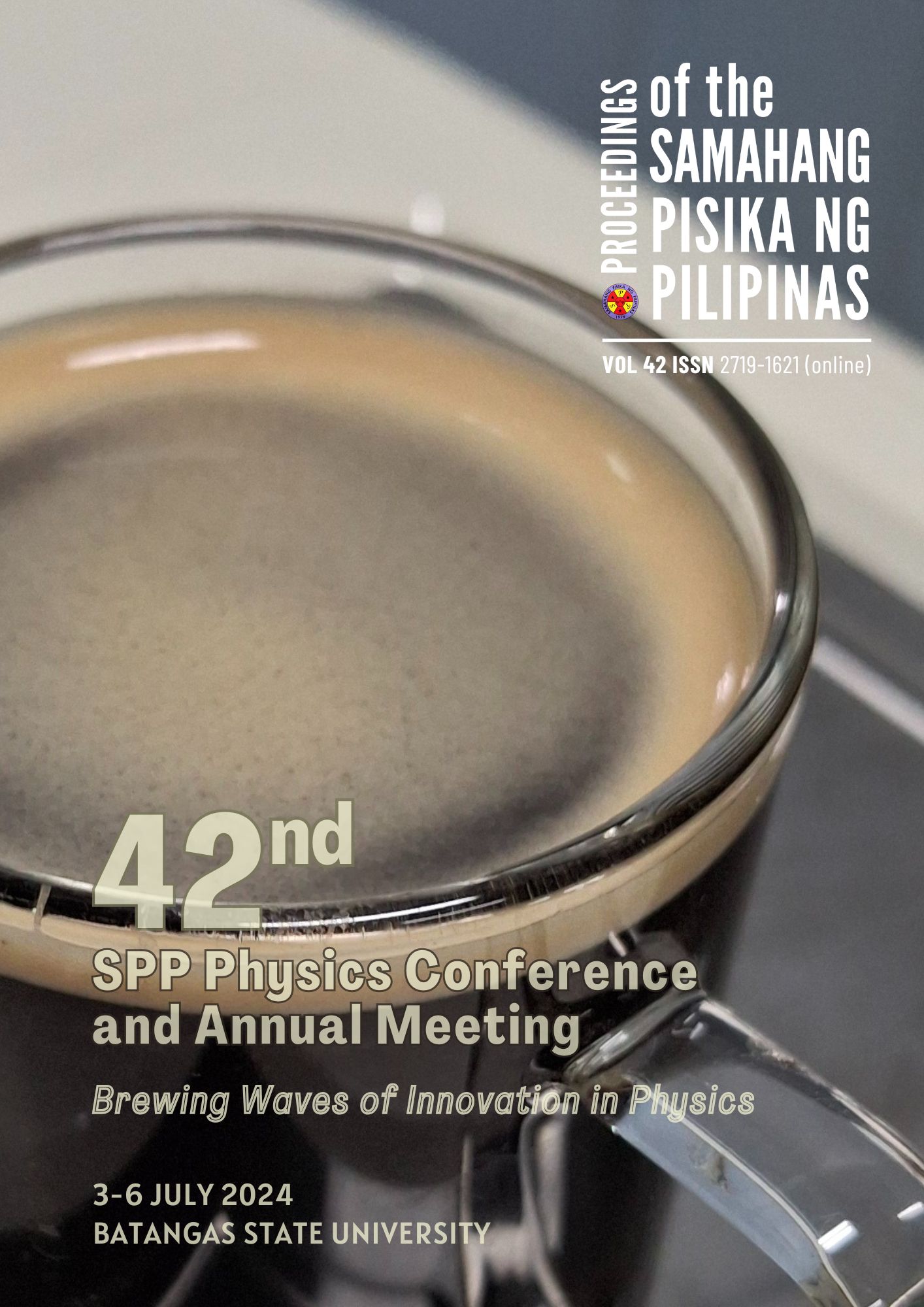Comparison of three different microring resonator-based add-drop filters for Photonic Integrated Circuits’ telecom applications
Abstract
We report the design, simulation, and performance comparison of three variants of microring resonator (MRR)-assisted optical add-drop-filter (OADF) in terms of their (i) device loss characteristics, (ii) free spectral ranges, (FSRs), (iii) full-width at half maximum (FWHM), and (iv) design complexity. The three MRR-OADFs were (a) Racetrack-based OADF using a typical waveguide directional coupler (DC), (b) MZI-based OADF using Mach-Zehnder Interferometer (MZI) as DC, and (c) Tapered-MZI-based OADF using a tapered waveguide (to minimize optical transmission loss) together with MZI as DC. The waveguide material was silicon nitride (Si3N4) while the substrate was silicon dioxide (SiO2). We used the Finite-Difference Time-Domain (FDTD) solver of Lumerical MODE to simulate their performances. We optimized their parameters by (i) varying the MZI's arm height, (ii) MZI's delta length, and (iii) the ring radius.
Downloads
Issue
Brewing waves of innovation and discovery in Physics
3-6 July 2024, Batangas State University, Pablo Borbon Campus
Please visit the SPP2024 activity webpage for more information on this year's Physics Congress.
SPP2024 Conference Organizers
SPP2024 Editorial Board
SPP2024 Partners and Sponsors











